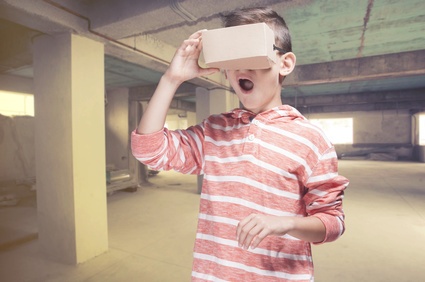
As 2017 begins, it seems a great time to reflect on what can we expect from technology in a world where the Oxford Dictionary’s word of last year was “post truth”… A good choice when you consider the media fire storm we were subjected to all year.
The real “truth” according to Non Profit Tech is that the era of FREE social media is over! “throughout 2017 engagement and reach on social media will continue to decline – especially for small and medium-sized nonprofits. To continue to have positive results on the Big Three, your nonprofit will need to make financial investments in staff, advertising, and premium tools”
Yes this means you may need to up the ante and actually pay to have that nice big global impact you’ve become accustomed to, especially if you are dependent on social media for fund development. I’ve heard that email and phone calls may come back in vogue for cold calling and front line fund development! How 1990’s that seems, but apparently this feels “personal now” in the age of…yes I’ll say it – “post truth”.
But do not fear for Virtual Reality is here to help your agency create a real time impact and share your story and your cause in a true and meaningful way. This according to The Story Telling Non Profit. "The VR revolution has already begun in earnest. Earlier this year the United Nations launched its first VR video at the World Economic Forum, which provided insight into the world of a young Syrian girl named Sidra as she showed you through Jordan’s Za’atari refugee camp in Syria. This technology was then taken to the streets of Britain when Amnesty International launched its “virtual reality Aleppo” campaign that took viewers on a tour of the war ravaged Syrian city of Aleppo, to highlight the devastation caused by barrel-bombs.” The above campaign saw an immediate 16% bounce in donations for Amnesty International.
Virtual Reality could also be used for training, for meetings and interviews, and for creating visually impactful ways for non profits to share their mission and connect with the world, and thankfully like refrigerators in the 1950’s, VR tech will soon be mainstream and affordable, and in everyone’s kitchen.
But wait there’s more! There is also Augmented Reality, which enables a blending of the real and virtual worlds, where technology can overlay graphics onto real-world objects. According to Geoff Livingstone on Mashable.com. "Think about the opportunities for engaging people with service delivery organizations. If someone can actually see where everything is and how to get there, they are probably more likely to go," said Amy Sample Ward, global community development manager for NetSquared, who also pointed out how there are also plenty of opportunities to use AR in teaching environments.
The New Media Consortium and the EDUCAUSE Learning Initiative said in their Horizon Report that we are still a few years out from widespread adoption. Still, "augmented reality is establishing a foothold in the consumer sector, and in a form much easier to access than originally envisioned."
And last but not least, Non Profit Tech states that by 2020, “over 26 billion things – cars, appliances, roads – will be connected to the Internet (Gartner), yet the vast majority of staff working at nonprofits have never heard the term “Internet of Things.” That will change in 2017 as the Internet of Things and its implications begin to seep into the nonprofit sector’s consciousness. Nonprofits will begin seeking the opportunity to help governments and business design the smart, sustainable cities of the future. They will work with the tech giants to discover ways to donate and engage with nonprofits through Internet-connected appliances, cars, and billboards. Over the next half-decade nonprofits will begin to take an active role in shaping the Internet of Things and ensuring that philanthropy and a commitment to social good is programmed into its foundation.
This should give us all hope in our post truth world.
